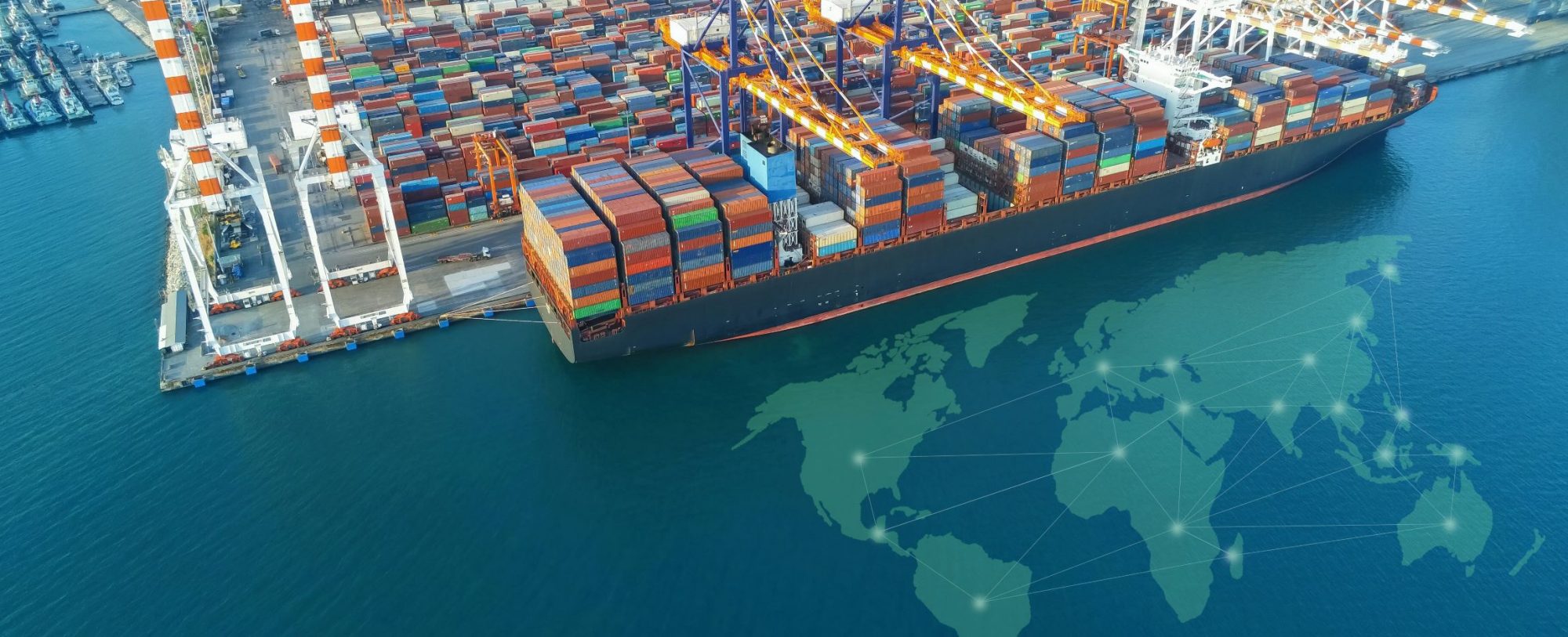Mirror Trade Data is the time series of import/export quantities (or values) of certain commodities amongst a parties at origin and destinations over extended periods of time.
In this research, we construct correlations in mirror trade data by considering the logistics of trade and construct logistical functions which relates the export time data as reported by the country of origin and the import time data as reported by the country of destination.
In order to do so, we dynamically fit lead time distributions to match export and import. We can consider different values corresponding to this data, for example, we can compare unit quantities, net weight, gross weight, or dollar values. The latter is the most frequently reported values (unit quantities, net weights and gross weights all have significant missing values over time). However, dealing with dollar values are more difficult since the imports are evaluated based on Cost, Insurance, and Freight (CIF) values and imports are reported based on Free On Board (FOB) values and the ratio of these are volatile over time. We estimate lead time distributions over time and analyse their behaviour.
